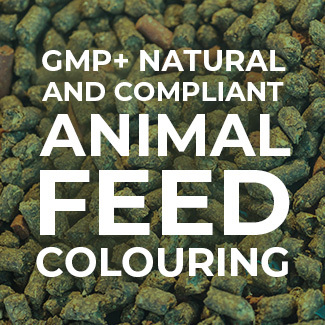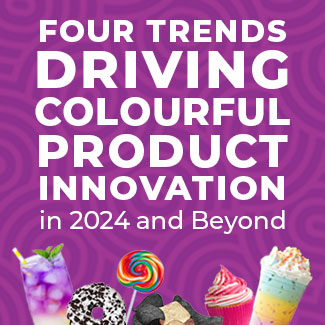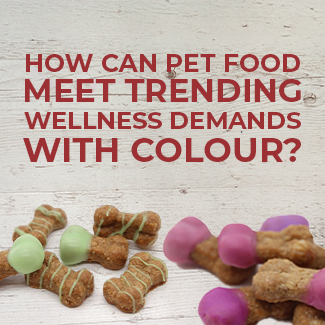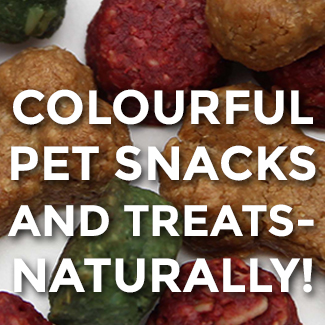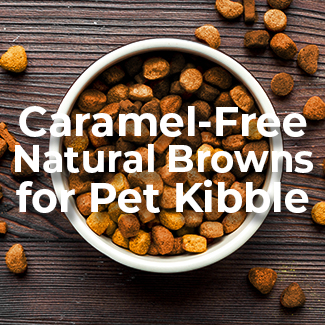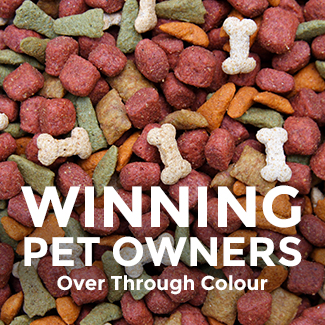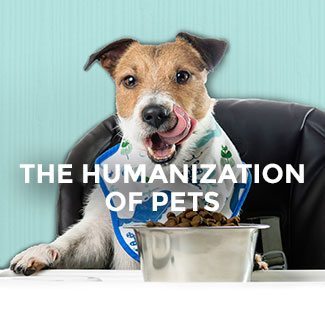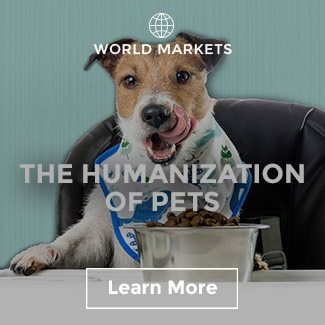Whitening and Opacifying Pet Food with Natural Ingredients-Titanium Dioxide Replacements
Naturalness Influences
Pet Food Preferences
Pets are often considered part of the family and providing a good diet, fresh water, a clean place to rest, and exercise keeps them healthy and happy. As owners want to take the best care for their furry friends to be able to keep them company for a long time, the ‘right’ nutrition plays a crucial role. Two trends strongly influence nutritional choices: the human food trend towards health-focused products, and the pet humanization trend observing that owners often behave like parents to their pet ‘children.’ As health and wellness trends cause a shift towards more natural ingredients, this scheme becomes visible in the pet food and treats market.
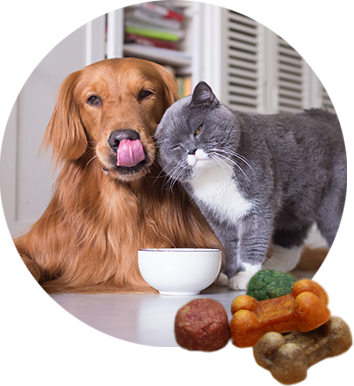
-
Pet food launches with an “all-natural” claim have increased 34% globally since 2016.
Mintel 2023
-
“Pet food and snacks should only contain all-natural ingredients,” according to 64% of UK consumers.
Mintel 2022
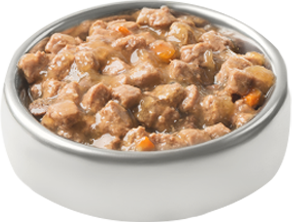
In 2022, close to 50% of pet food launches in Europe contained some kind of non-artificial colouring.
Meeting Consumer Expectations
via Visual Appeal
By definition, pet owners rely on the visual appeal of pet food when setting their food preferences. To make product choices for their pets, nutritive and qualitative factors often get judged by the colour and overall visual appeal of the food. In fact, academic research has shown that colour liking in a dog kibble is the feature most highly correlated with owner and pet overall liking and therefore purchase intent (Di Donfrancesco, Brizio, et al. 2014). Different colour shades support different flavour profiles and help product differentiation overall. To caring pet parents, colour indicates a lot about what they want the pet product to be like. One example can be wet pet food, in which opacity or a hint of white can indicate creaminess and thus a special textural experience for the pet. As consumers turn towards more natural ingredients, using colourings from natural sources is a great opportunity for brands to create eye-catching and appealing pet food and treats while not compromising on naturalness.
Whitening and Opacifying
in Pet Food
Shades of white can be used to mimic the appearance of bone or fat in pet food or treats. A whitening agent can also support “even out” a base colour or ensure colour consistency between different batches. In other cases, whitening is used to lighten the base or to achieve a creamier look due to opacity. Titanium dioxide (E171) used to be the most common white food colourant fit for that purpose. Yet following the European Food Safety Authority (EFSA) announcement on titanium dioxide (E171) no longer being considered safe as a food additive, the European Commission has now published a regulation removing E171 from animal feed. The ban became effective by mid 2022.
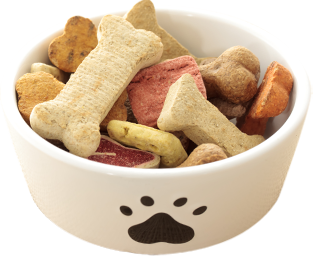
Natural Alternatives to E171
Formulators like the excellent technical properties and efficiency of E171. Replacing the additive naturally can be a challenge in pet food and treats given fairly ‘harsh’ production conditions. Seeing the growing demand for titanium dioxide substitutes even before the ban, Sensient has been working on natural replacements for many years. As titanium dioxide is highly versatile in application, any sort of replacement will be limited to certain applications or may also be limited to certain geographic regions – so there is not a one-size-fits-all solution. Sensient’s Avalanche™ range is a portfolio of natural whiteners and opacifyers developed for a variety of applications and processing conditions. Let us take a look at some examples, and our technical team can certainly support in finding the best-working alternative based on your specific needs and manufacturing process. Request a consult here.
Whitening for Baked
& Extruded Pet Products
When it comes to baked treats, Sensient’s Avalanche™ MB products can serve as a primer solution that withstand the baking process to allow flavourful shades to shine in common base materials. These easy-to-use solutions offer superior performance compared to standard mineral- or starch based solutions.
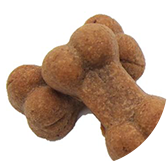
Uncoloured Base
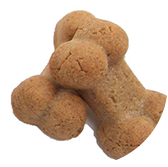
Whitened Base
with Avalanche™ MB
Avalanche™ MB solutions can also provide developers stable whites under the harsh extrusion heat processing enabling visual consistency and flavourful hues batch-to-batch. Whether you are looking to make your base lighter to match better the flavour profile or want to whiten completely the base, Avalanche™ MB solutions will help you achieve the desired result.
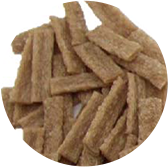
Uncoloured Base
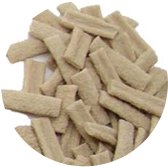
Whitened Base
with Avalanche™ MB
Opacifying for Wet Pet Food
Formulators for wet petfood would require colouring solutions that survive the harsh retort process. For creamy looks in gravy, Avalanche™ MB solutions will provide excellent opacity to create a creamier look and better match the flavour profile expectation.
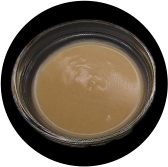
Uncoloured
Gravy Base
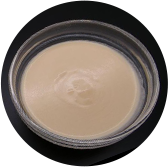
Whitened Base
With Avalanche™ MB
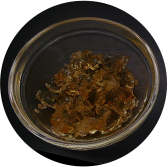
Uncoloured
Jelly Base
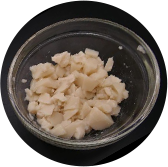
Whitened Base
With Avalanche™ MB
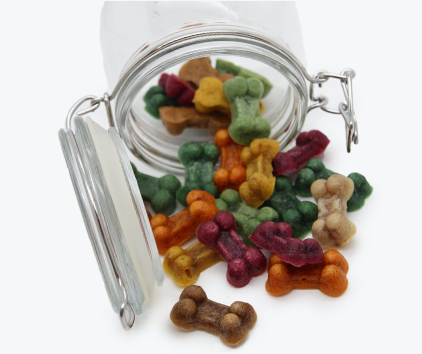
Natural Solutions
for Colourful Treats
If you are looking for ways to elevate your pet treats with naturally vibrant colours, take a look at one of our recent webinars in which our colour expert showcases a great variety of natural colouring solutions and feel free to request a sample here.
Would you like to try a whitening or opacifying solution in your pet development?
Request a sample of Avalanche™ here. If you would like to get more information first, feel free to request a consult with our pet food colour expert. For those who are interested in discovering more about natural colouring solutions for pet treats, we recommend watching our latest webinar in which our colour expert demonstrates how to excite and grab the attention of both pets and pet owners with naturally colourful pet snacks.




